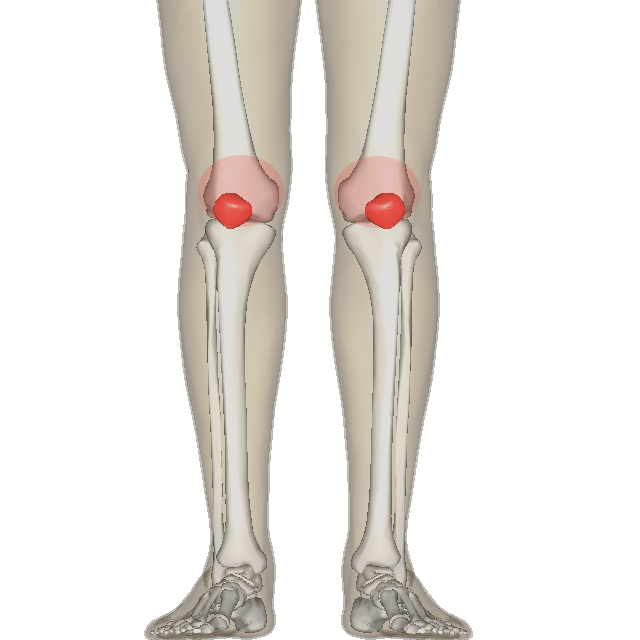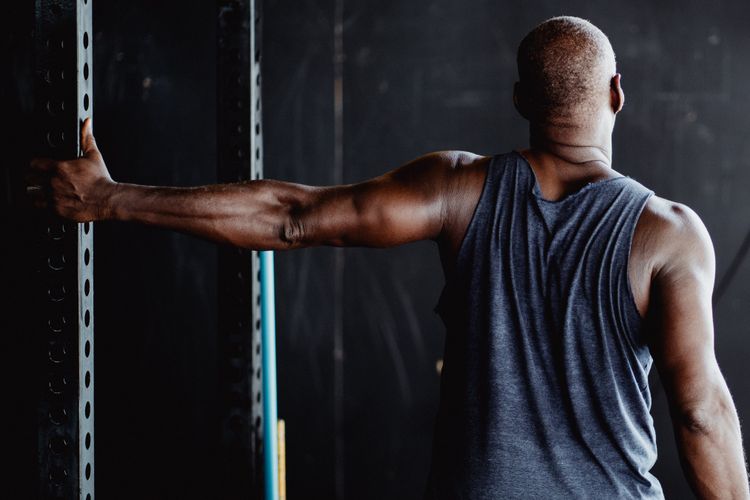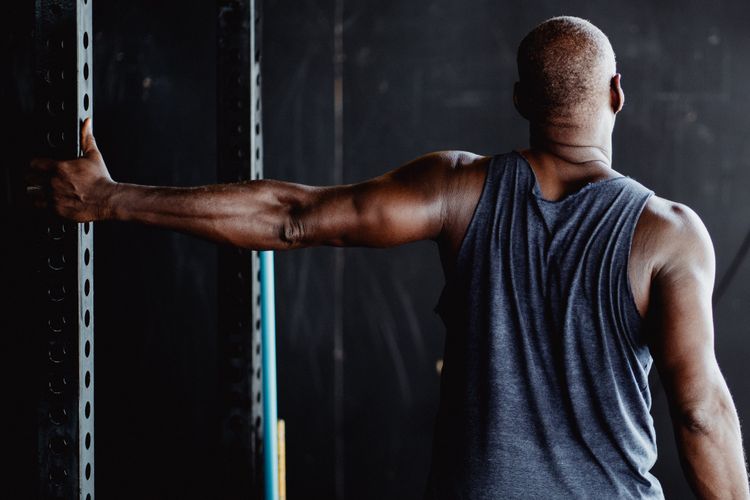Issue 25 Blue Crab Edition - How Shoulder Mobes Change Muscle Activity and Where to Dry Needle for PFP Pain

Merry Christmas and happy everything else this week! I hope you’re reading this on a day off around the holidays, and express my condolences if you’re not. I know PTs often aren’t appreciated as essential and don’t get credit for working holidays like physicians, nurses, and others, but know that I appreciate you and all that you’ve done this year. More importantly, so do your patients. This Christmas, if you do get any time off, spend it reflecting on the patients whose lives you changed through your incredible work. What you do is important, necessary, and life-changing. Here’s to Physical Therapists everywhere! 🥂
As far as PT Crab goes, this week we’ve got some shoulder mobe deets and an RCT about dry needling for PFP pain. If you’re not a dry needler, remember that ischemic compression can provide similar results (full info back in Issue 12 and in this paper). I’ve got cookies to bake, so let’s dive in!
Oops! One last thing. I have a question for everyone at the bottom. Even if you don’t read the whole issue, skip down and answer, it’ll help guide future editions. Thanks!
Mobilize Where The Shoulder Lies to Customize the Exercise
The Gist - That may be my worst study headline yet, but who cares? It rhymed. And it kinda works. This study from the Journal of Manipulative Therapeutics investigated what happens to scapular and shoulder muscle activity during resisted shoulder abduction after shoulder mobilization. They popped EMG sensors on, had participants perform resisted shoulder abduction, mobilized them, then had them do it again and boom results. That’s the gist of it at least.
The mobe was an inferior glide of the head of the humerus at a grade of 4+. The practitioner gave them 3 sets of the mobe, performing it twice per second over the course of 60 seconds. Some serious mobilization was performed. It also produced some serious changes. Here’s a quick summary of the ones that were greater than the standard error of measure.
- Concentrically, in the abduction task, these muscles worked this much less:
– Upper Trap, 4.6%– Lower Trap, 6.7%– Anterior Deltoid, 7.1%– Infraspinatus, 6.7% - Eccentrically, in the same task, these muscles worked this much more:
– Infraspinatus, 11.3%– Middle Deltoid, 22.4%– Posterior Deltoid, 8.7%– Serratus Anterior, 28.1%
Overall, the mobe lowered the effort of a few muscles a bit when working concentrically and raised the effort of a few when working eccentrically. Keep this in mind when prescribing exercise right after manual, okay?
Tell Me More - Certainly I will. You’re probably wondering how the muscles did less work to raise the same amount of weight, aren’t you? I certainly was. You’d think that other muscles would increase their work rates a commensurate amount, but that’s not what happened. In the concentric task, every muscles workload was decreased except serratus anterior, which increased by 1.3%. The researchers speculate that this is possible because the mobilization stretched the inferior glenohumeral ligament and capsule, increasing its extensibility and removing the effort to stretch it from the exercise. They also think (based on other research) that stretching the Golgi tendon organ caused neural-control modulation that explains both the decreased effort concentrically and the increased effort eccentrically, since there are differences in neural modulation strategies for those motions. I know this is complex, but you’re reading Tell Me More. You asked for it.
Limitations-wise, it’s important to note that this study was performed in asymptomatic individuals so you may not see the same changes in people with shoulder problems. They also had 22 subjects and performed 18 between-condition comparisons, increasing the probability that there was some type 1 error in the study (false-significance/false-positives).
I’d like to read the paper for myself. You’re definitely within your rights to do so, and I encourage it. Enjoy!
Stab ‘em all! Dry Needling for PFP Pain
The Gist - Do you like stabbing people? Well you’re in luck! This study from the archives of PM&R says that you should do it more often. At least, you should if those people have patellofemoral pain, are also doing exercise therapy, and have consented to treatment. If your type of stabbing people doesn’t fit within those lines, you may want to reconsider your approach.
The researchers added dry needling to the PT regimens of 20 participants and didn’t do so to another 20. All 40 had the same exercise regimen, that included 5 sessions/wk for four weeks. The dry needling group got stabbed in the ipsilateral glute med and contralateral QL once a week for four weeks along with their exercise. Afterward, we got results!
Good news! Everyone got better. But some got even better. At both four and six weeks, the dry needling patients were much better off. Here are some 6 week results: The DN group went from 5.9 pain down to 1.4, while the control dropped from 6.0 to 3.5. That was the primary outcome measure. On the secondary side, function was measured, with the DN group improving their Kujala scores from 74 to 92 and the control from 73 to just 81. Other measures were taken as well, and the trend continued, with DN better across the board. So stab stab stab!
Tell Me More - Let’s do limitations, then reasons. Limitations are clear right off I think. Everyone in the study was female, only people with unilateral PFP were included and (most importantly, I think) participants weren’t blinded nor was the extra hands-on time made up in some other way. Hands-on time in any setting has a well-documented therapeutic effect and could certainly account for some of the differences between the groups. Still, those are big differences, and hands-on time is unlikely to account for all of them.
Why did they get so much better? Researchers speculate that freeing up the trigger points in GM and QL allowed the muscles to better control trunk stability and knee kinematics, improving control of the knee joint. Other research has shown increased numbers of trigger points these muscles in people with PFP so these could even be causal, though we’re not yet sure. It’s not all DN here either. Like I said before, ischemic compression can produce similar results, as can (according to the researchers), “any approach that modulates nervous system sensitization.” Pretty cool, simple, and effective overall.
What Exercises Did They Do? That, dear friend, is in the paper.
That’s it for this week, aside from the question. Here we go:
I’m sending you lots of papers, with lots of stats, but I’ll bet you hated EBP right? (Don’t lie, everyone did.) If so, you may not remember what all the stats mean. That leads to my question.
Would you like me to add a tiny stats lesson in each PT Crab?
It would just be a paragraph about likelihood rations, SEM, specificity, etc. but written in an interesting way that you could understand. Please click a button below or reply to this email to tell me Yes or No. Thanks!
Enjoy your holiday season! And remember that you can support PT Crab by joining our premium, King Crab newsletter, or just telling your friends and colleagues about what we do. Every little helps. Bye!
Featured image credit: BodyParts3D/Anatomography, CC BY-SA 2.1 JP https://creativecommons.org/licenses/by-sa/2.1/jp/deed.en, via Wikimedia Commons






Comments
Want to leave a comment and discuss this with your fellow PTs? Join PT Crab and get summarized PT research in your inbox, every week.